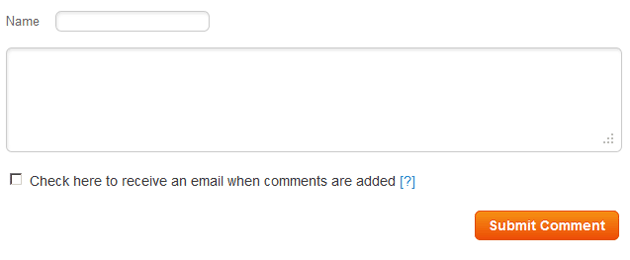Question
Topic: Research/Metrics
Improving Coefficient Correlation
Related Discussions
- Capturing Event Roi - In-person Events
- Looking For Marketing Research Participants
- Looking For Marketing Research Participants
- Where To Find A Companies Marketing Budgets
- How Do I Analyze Published Content On Linkedin?
- Who Are The Top Companies Competing In The Market?
- Geographic Metric - Help Needed!
- How Fast Does An Untouched Sales Lead Degrade?
- Need Clear Standards To Judge Facebook Metrics
- How Can I Get Backlinks For My Website?
- Search more Know-How Exchange Q&A
Community Info
Top 25 Experts
(Research/Metrics)
- koen.h.pauwels 25,348 points
- Jay Hamilton-Roth 22,162 points
- Chris Blackman 15,808 points
- Gary Bloomer 10,191 points
- wnelson 8,013 points
- Peter (henna gaijin) 7,543 points
- steven.alker 6,672 points
- Frank Hurtte 6,632 points
- Dawson 4,619 points
- telemoxie 4,595 points
- SteveByrneMarketing 3,358 points
- darcy.moen 2,727 points
- saul.dobney 2,528 points
- SRyan ;] 2,396 points
- Blaine Wilkerson 2,387 points
- ReadCopy 2,081 points
- Pepper Blue 1,863 points
- bobhogg 1,748 points





I’m trying to study the relationship between four factors for 11 employees, the factors are, Age, Service years, grade, and basic salary. Pearson coefficient correlation between age and service years was 0.016. My question is, is there any statistical tool which can be used to identify which employee was the cause behind the weak coefficient correlation from the 11 employees?
Many thanks in advance.
Omar Farook.